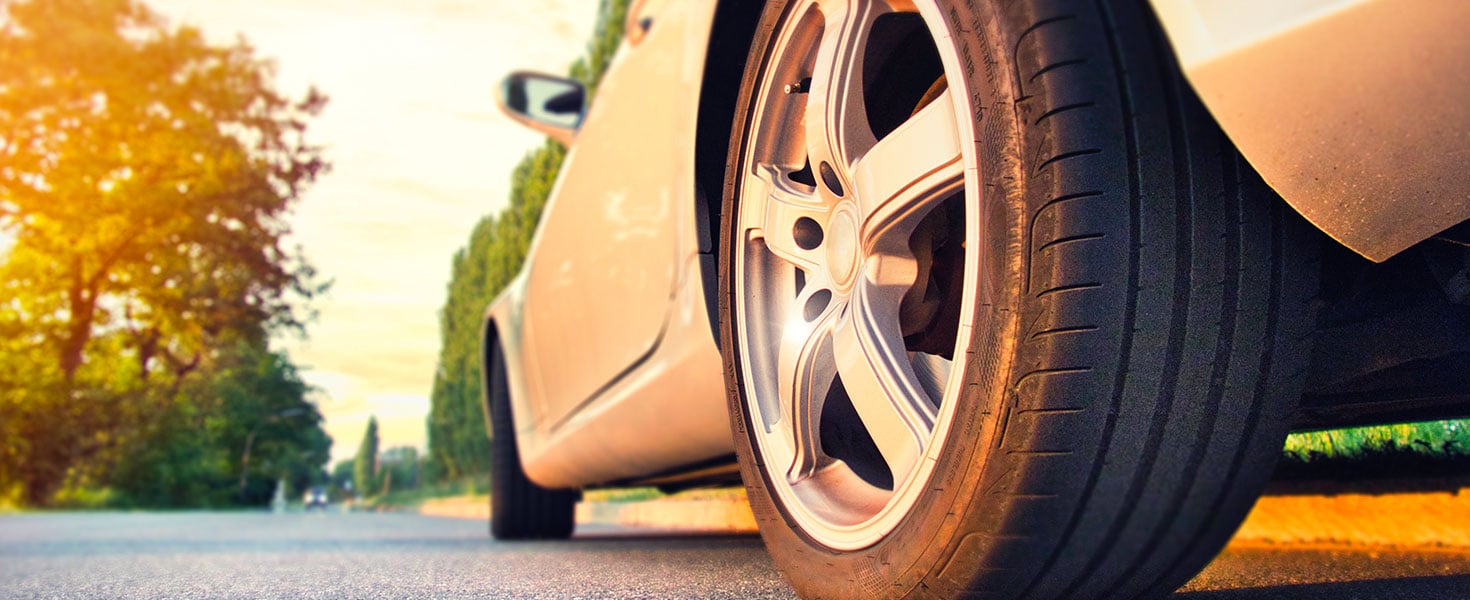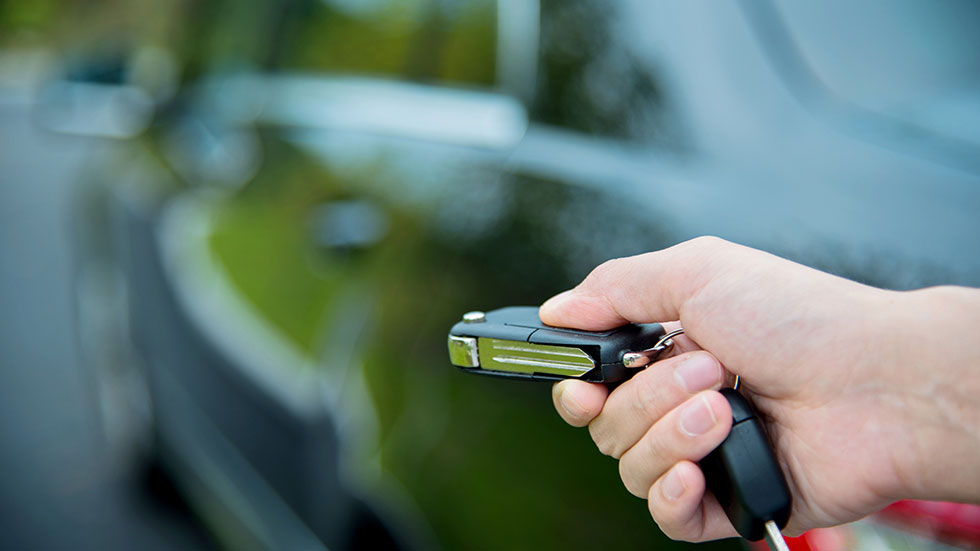Do You Know How To Protect Yourself From Auto Parts Theft?
Vehicle to vehicle


Between rising inflation, gas prices, and lingering supply chain issues creating shortages, it should come as no surprise that cases of automotive related theft are on the rise as well. As of October 2021, a vehicle is reported stolen in the US every 40.9 seconds. The term “Auto Theft” doesn’t just apply to cases of entire vehicles being stolen. Often, key automotive components like tires, wheels, and even catalytic converters are swiped, leaving vehicle owners and their insurance companies on the hook for expensive part repair or replacement. Kelley Blue Book reports that in the first quarter of 2021, instances of catalytic converter theft quadrupled over 2020.
In this article, we'll explore some of the most common automotive components stolen by thieves and give you some tips and tricks to prevent theft from happening to you.

Commonly stolen vehicle components
Gasoline
A skilled thief can make off with gallons of gasoline quickly and often without drivers even noticing. An unskilled thief can make off with gas by puncturing the tank or cutting a fuel line, leaving the owner with an expensive repair. Although there's no foolproof way to prevent a truly motivated thief from getting to your gas, a locking gas cap can help slow them down or deter them completely.
Also pay attention when parking your vehicle outside, particularly at night. Orient your vehicle so the gas cap points out toward the street. Keeping your gas cap easily visible to others in the area is often all the deterrent you'll need.
Tires and wheels
New tires and wheels can make your vehicle an attractive target for theft. With the proper tools, an experienced thief can make off with your new wheels and tires in a matter of minutes. Products such as wheel locks, rim guards to cover your bolts, and anti-theft security lug nuts can all help protect your investment.
If you don’t have any of those implements available, park with your steering wheel turned at a sharp angle, engaging your steering lock. Although it doesn’t prevent your wheels or tires from being stolen, it will make the process take longer, sending thieves to an easier target.
Catalytic converters
This often-unseen part underneath your vehicle helps recycle harmful exhaust gasses, converting them with chemical reactions from a honeycomb of rare metals inside into oxygen, nitrogen, and other milder gasses. Some of the metals inside are extremely valuable and the newer the vehicle is, the more intact these metals will be. Thieves with handheld saws can be off with a catalytic converter in just a few minutes, leading to repairs that can cost thousands.
Many drivers choose to etch their license plate or VIN numbers on their catalytic converters to aid police in the event of a theft. Theft deterrent systems are also a great way to prevent this type of theft as they generally make a lot of noise and draw unwanted attention.

Park with purpose
Almost all instances of vehicle theft happen once a vehicle is left unattended. When you park your vehicle, be alert. Making a mindful choice to park in a place that's safe and protected will go a long way toward avoiding theft incidents.
If parking in a garage isn't possible, try to park near overhead lights and in highly trafficked areas. A vehicle that is easily seen and in a relatively busy area is a deterrent to thieves looking to make a quick grab.
On a similar note, avoid leaving your vehicle parked in the same spot for long periods of time. Would-be thieves take note of vehicles that haven't moved for days or weeks, giving them the impression that no one is watching it.

Be alert
Being alert when you park and leave your vehicle for extended periods of time can make all the difference when it comes to theft. Not only should you be paying attention to your vehicle's surroundings, but you should also be sure all windows are rolled up, doors are locked, and valuables are removed or placed well out of sight.
Keep in mind that experienced thieves know all the tricks, so hiding valuables in your trunk is not foolproof, particularly if they see you place items in the trunk before leaving your car.

Protect your investment
A vehicle is often the largest investment a person can make outside of purchasing a home, so it makes sense that drivers would do all they can to protect it.
- Car alarms & anti-theft devices
- Locking gas cap
- Keyed wheel bolts
- Tailgate lock
- Window / hood alarm
